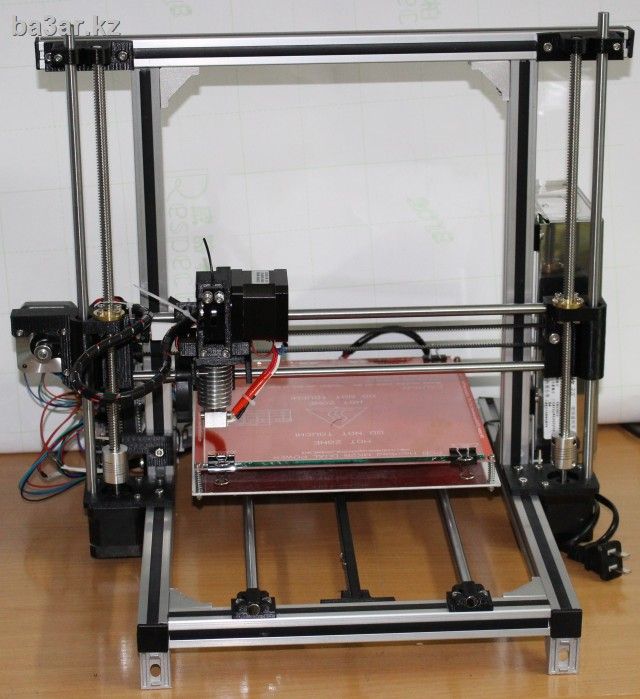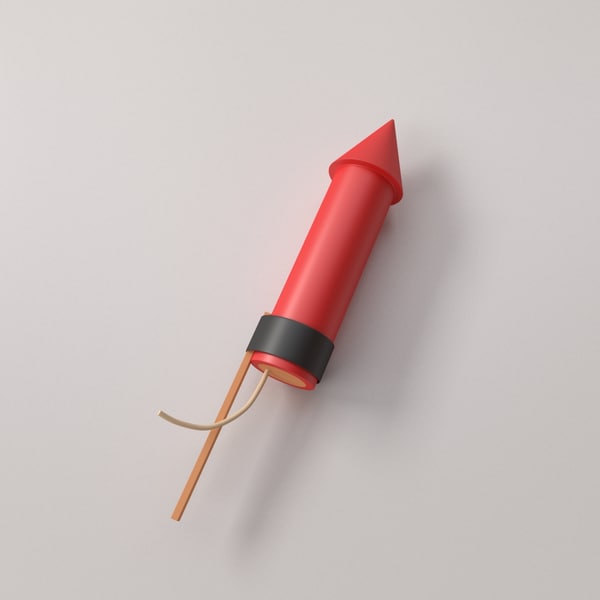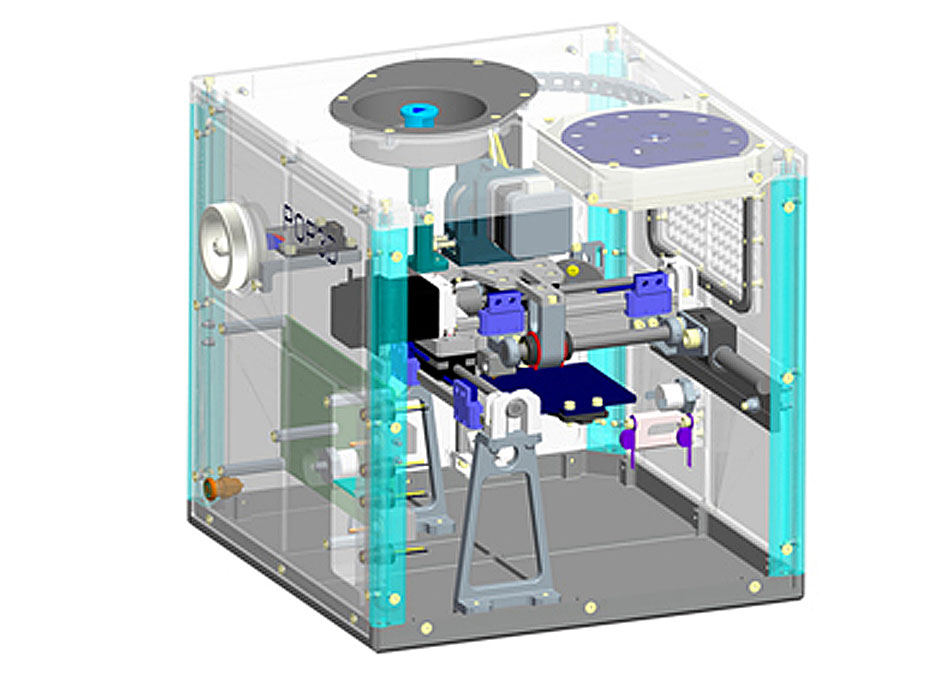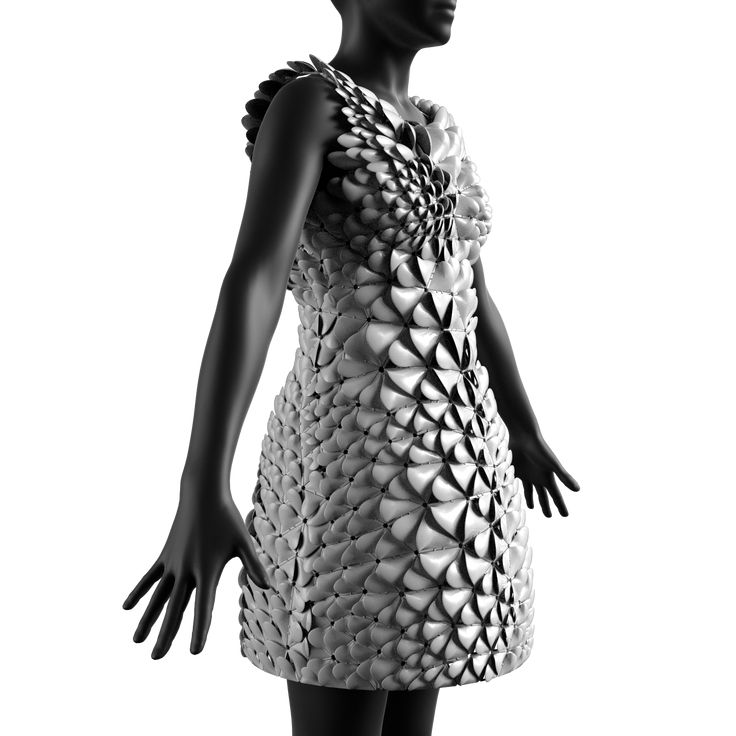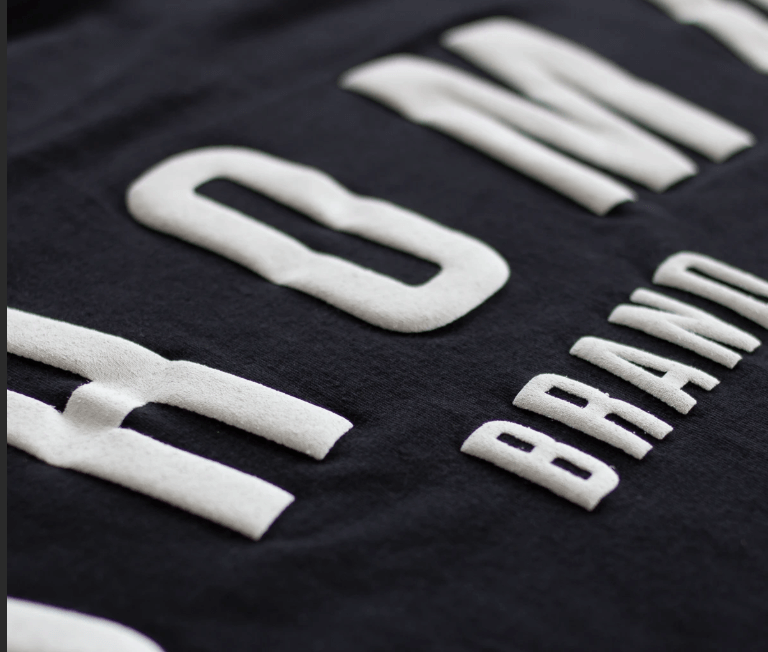3D printer for rubber
3D printing rubber - 3D printing with rubber: is it possible?
Is it possible to print with rubber?The answer is simple: no. Rubber is a type of sticky material that is pressed hot into a mold in which it cools and vulcanizes. When rubber vulcanizes, it becomes solid and holds its shape. However, after vulcanizing, rubber will never become liquid again. If rubber is heated again, it will burn. For 3D printing, you need a material that liquefies in a controlled way. This is not possible with rubber, so rubber is not suitable for printing.
What is possible, though?
Synthetic materials such as Thermoplastic Elastomers (TPEs) are good replacements for rubber. TPEs are suitable for printing. TPU filament is such a TPE, it has the same flexibility as rubber but it already melts at 60°C. Rubber is an organic material: the properties of rubber cannot be influenced. However, with TPU we can determine, for example, hardness, heat resistance and wear resistance. We imitate the organic material, but we ensure that we get the desired and most optimal properties.
TPEs, including TPU, are used for various applications in industry. You can think of shoe soles, but industrial applications such as sealing rings are also a good example.
What do I need to consider when printing with TPU?
Printing with TPU is difficult. Therefore, it is necessary to practice with PLA first before printing with TPU. TPU needs more time to melt and flow. If you print too fast, the material will collapse. Therefore, it is important to reduce the printing speed. The type of printer you use is also relevant to printing TPU. If the drive motor is at the back of the printer, the material is pushed through the extruder to eventually melt into the print head. With direct-drive printers, where the motor is located in the print head, the filament does not have to be pushed through the entire extruder. It only has to travel a short distance until it is melted. Imagine pushing a rubber band through a pipe, the rubber band will accumulate: the greater the distance, the harder it gets. If the drive motor is in the print head, the filament has to travel a shorter distance. So you need a printer with a direct drive to print well with TPU filament.
If the drive motor is in the print head, the filament has to travel a shorter distance. So you need a printer with a direct drive to print well with TPU filament.
How do you affect flexibility?
There are different TPEs available: the ones that are really stiff and others that are really elastic. However, the elasticity of the final product is not only influenced by the filament used. The printing technique also affects the elasticity. The thinner you print, the more elastic your product becomes. For example: printing a honeycomb structure creates thin layers with air in between. In this way you can determine which part is more flexible than the other. Thanks to the printing technique, you can achieve different levels of flexibility. When rubber is vulcanized, the end product is always solid. So it is not possible to play with the elasticity of rubber.
Can I combine support material with TPU?
When you use support material, you have to pay attention to the print and bed temperatures. These should be about the same temperature as the filament being used. PVA needs about the same temperature as TPU and therefore PVA is the best option to combine with this filament. Is it possible to combine TPU with a material other than the carrier material? Yes, but in this case both must also have the same print and bed temperature. ABS needs a higher temperature than TPU. Therefore, this would not be a good combination because the TPU filament will melt on the print bed. We also recommend that when printing with two materials, the parts should be mechanically joined. That way, the parts will stick together even if the print adhesion does not. More information on printing with support materials can be found here.
These should be about the same temperature as the filament being used. PVA needs about the same temperature as TPU and therefore PVA is the best option to combine with this filament. Is it possible to combine TPU with a material other than the carrier material? Yes, but in this case both must also have the same print and bed temperature. ABS needs a higher temperature than TPU. Therefore, this would not be a good combination because the TPU filament will melt on the print bed. We also recommend that when printing with two materials, the parts should be mechanically joined. That way, the parts will stick together even if the print adhesion does not. More information on printing with support materials can be found here.
Our dddrop RAPID ONE features a direct drive, so it’s suitable for printing TPU. Furthermore, for optimum print quality, we offer our own dddrop TPU filament. In case you have any questions, please feel free to contact us: info@dddrop. com. We would love to help you.
com. We would love to help you.
All dddrop administrator content is written and edited by the dddrop marketing team.
Rubber 3D Printing Materials | 3D Print with Rubber-Like Polymer Mimics
3D print complex structures with high strength and compression properties using true foams and rubbers
GET PARTS MADE
Home Materials Elastomers, Rubber and Foam 3D Printing Materials
FreeFoam™
Material: Foam
FreeFoam™ is an expandable foam 3D printing resin designed for the DLP 3D printing process.
Full DescriptionFreeFoam photopolymer resins contain dispersed heat-activated foaming agents and are 3D printed into designs like other resins with Digital Light Processing (DLP). After printing, FreeFoam parts undergo a brief oven cycle, creating closed cells that expand the part a programmable amount between 2 to 7 times its original size maintaining tight tolerances
Specs- Hardness (Shore A): 60 ± 10
- Volumetric Expansion Factor (m³/m³): 3.
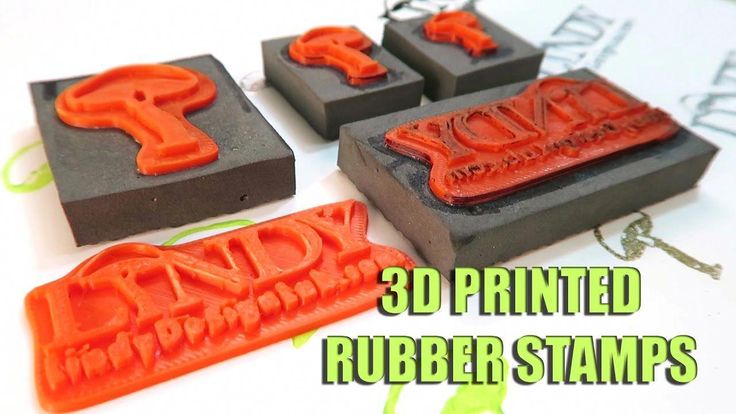 6 +/- 0.3
6 +/- 0.3 - Expanded material density (g/cm³): 0.28 +/- 0.04
- Elongation at break (%): Type V 125 ± 25
- Tensile Strength (MPa): Type V > 4
- Tear Strength (kN/m): > 10
Application
- Foam replacement
- Cushions, padding, and support
- Shock and pressure absorbing applications
- Footwear, apparel, and consumer goods
- Packaging and transport
- Seating, furniture, and mattresses
- DLP Technology
Learn More
Elastic ToughRubber™ 90 by Adaptive 3D
Material: High-strength rubber with shore A90 hardness
ETR 90 is a high-strength rubber that unlocks the benefits of additive manufacturing for the rubber, polyurethane, and foam industries.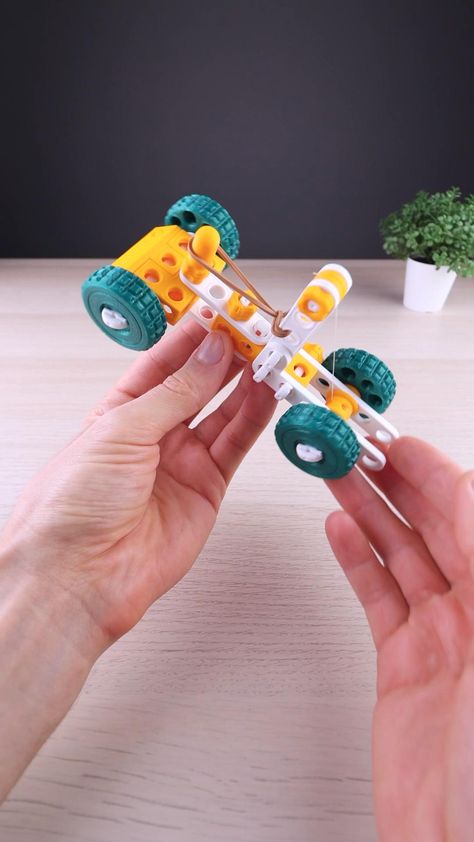
Thanks to a Shore A90 hardness and high elongation, this material is ideal for a wide range of applications.
Characteristics:
- One-part, one-pot (no mixing required)
- High elongation
- Extremely tough
- Feels and performs like rubber
- Large part size possible, high resolution, smooth surface, and black colour
- Hardness: Shore A 90
- Tear Strength:38 kN/m
- Elongation at Break: 190%
- Tensile Stress at Break: 14 MPa
- Vibration dampening components
- Seals
- Baffles
- DLP Technology
Learn More
Elastic ToughRubber™ 70 by Adaptive 3D
Material: High-strength rubber with shore hardness A70
The ToughRubber™ 70 material is a tough, high-strength rubber with shore A70 hardness and extremely high elongation.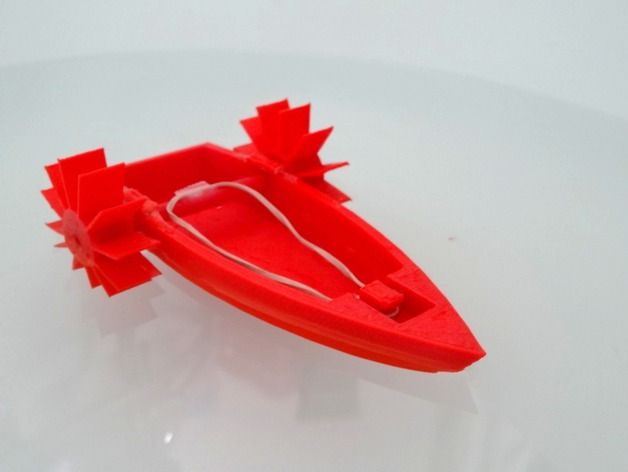
Elastic ToughRubber™ (ETR) unlocks the benefits of additive manufacturing for the rubber, polyurethane, and foam industries.
Characteristics:
- One-part, one-pot (no mixing required)
- Extremely high elongation
- Extremely tough
- Feels and performs like rubber
- Large part size possible, high resolution, smooth surface, and black color
- Hardness: Shore A 70
- Tear Strength: 31 kN/m
- Elongation at Break: 400%
- Tensile Stress at Break: 7.6 MPa
- Gaskets
- Protective Housings
- DLP Technology
Learn More
Soft ToughRubber™ | Adaptive 3D
Elastomer
Soft ToughRubber™ delivers silicone’s feel and mechanical properties with the ability to 3D print at high resolution.
Key Features:
- One-part, one-pot (no mixing required)
- Soft AM photopolymer (Shore A 28.6)
- Silicone/TPE feel
- High strain, tensile strength, and toughness
- Exceptional surface finish
- Large part size possible, high resolution, smooth surface
- Available in black colour
- Digital Light Processing Technology
- Audio earbuds
- Wearable electronics
- Anatomical medical models
- DLP Technology
Learn More
LOCTITE® IND402
Elastomer
This material maintains excellent tensile strength with high energy return and does not require secondary thermal post-processing.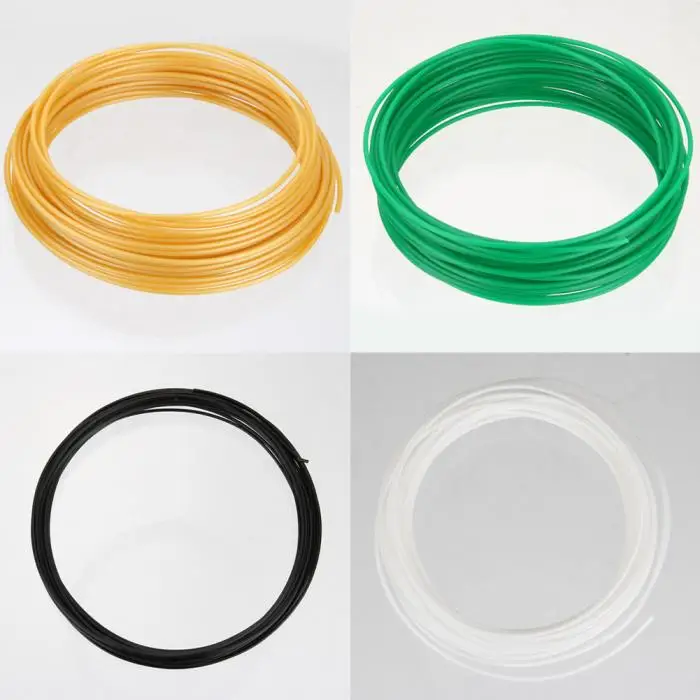
E-IND402 is a single component elastomer material with excellent green strength and does not require thermal post-processing.
Key Features:
- Elastomeric behaviour
- High resilience
- Good rebound performance
- Hardness: Shore A 76
- Tear Strength: 28 kN/m
- Elongation at Break: 230%
- Tensile Stress at Break: 5.5 MPa
Ideal for elastomer applications that require lattice structures, such as vibration isolators.
- Aerospace
- Automotive
- Consumer Goods
- Manufacturing
- DLP (Digital Light Processing)
Learn More
Simulated Rubber for Rapid Prototyping
Simulate rubber materials with Polyjet Rubber and Polyjet Digital materials.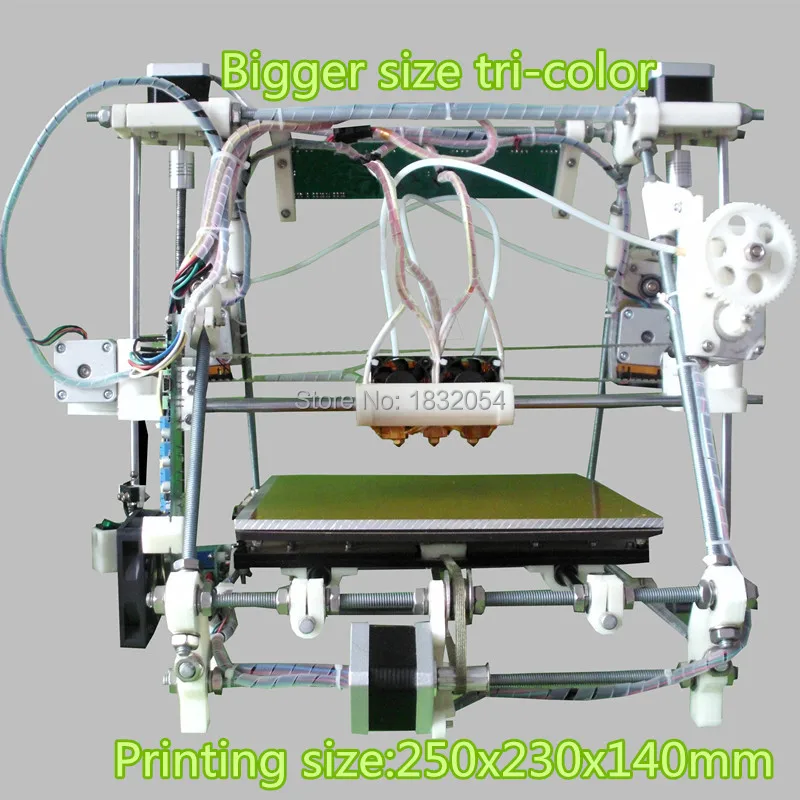 Polyjet 3D printing technology allows manufacturers to create realistic and precise models and parts. Polyjet Rubber-Like materials are designed for functional prototyping, concept modeling, manufacturing tools and display parts finishing.
Polyjet 3D printing technology allows manufacturers to create realistic and precise models and parts. Polyjet Rubber-Like materials are designed for functional prototyping, concept modeling, manufacturing tools and display parts finishing.
Polyjet Rubber-Like materials have elastomer characteristics: elongation at break, tear resistance and tensile strength. Rubber-like materials have been created for applications that require soft and non-slip surfaces. Rubber-like materials are used to produce consumer electronics, medical devices, automotive and aerospace interiors. The Polyjet Family of rubber-like materials includes TangoGray™, TangoBlack™, TangoPlus™ (amber) and TangoBlackPlus™. Polyjet Digital Materials are designed to simulate engineering plastics by combining qualities for durability and high temperature resistance. They have excellent shock absorption and high-impact resistance characteristics. Digital Materials are ideal for functional prototypes, snap-fit parts, electrical parts casings and engine part covers.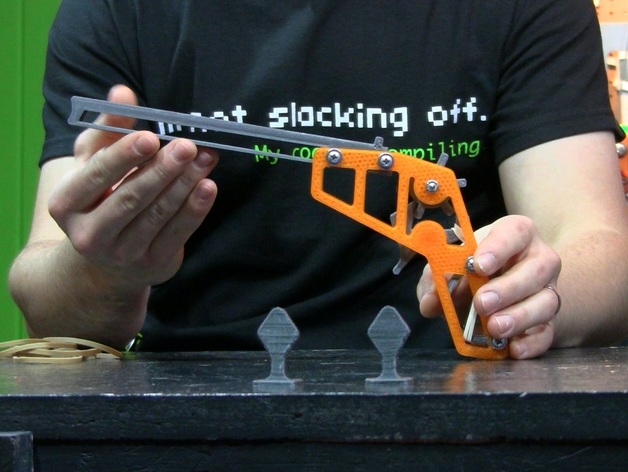
TangoPlus
Build durable, tear-resistant prototypes that can withstand up to repeated flexing and bending.
LEARN MORE
Digital Materials
Combine durable and high quality materials into one prototype for best results. The hundreds material combinations are created based on several primary Polyjet Photopolymers.
LEARN MORE
Agilus 30
The latest PolyJet rubber 3D printing material offers superior flexibility and tear-resistance capable of withstanding repeated testing.
LEARN MORE
Manufacture of products and parts made of plastic, silicone, polyurethane and rubber to order in Yekaterinburg
Own plastic production Over 50 3D printers 25 branch cities Instant calculation of terms and cost
Order online calculation of the cost of 3D printing
-
Manufacture of plastic and rubber products in Yekaterinburg
3D printing is a relatively new phenomenon in Russia.
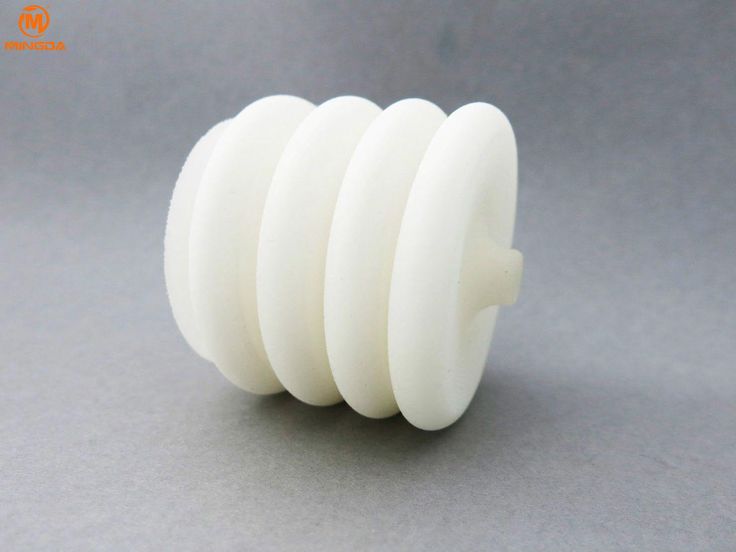 Volprint, founded in 2015, is a digital innovator. The clients of our company are those who have appreciated the advantages of 3D printing, using this achievement of science and technology for domestic and decorative purposes. We also carry out orders for industrial enterprises, where accuracy and identity of parts are especially valued.
Volprint, founded in 2015, is a digital innovator. The clients of our company are those who have appreciated the advantages of 3D printing, using this achievement of science and technology for domestic and decorative purposes. We also carry out orders for industrial enterprises, where accuracy and identity of parts are especially valued. How to print on a 3D printer
3D equipment makes it possible to display three-dimensional physical objects from the monitor screen into the real world. Consumables can be plastic threads, metal clay, photopolymer resins and ceramic powder. From these components, the 3D printer forms an object, the parameters of which are set by the program. The advantages of this type of printing are high speed, accuracy and the complete elimination of manual work. The characteristics of the future product are easily adjusted, and all parameters are known even before the printer starts working.
What can be printed on a 3D printer
Several car brands and even entire small architectural forms have been created using 3D printing technologies.
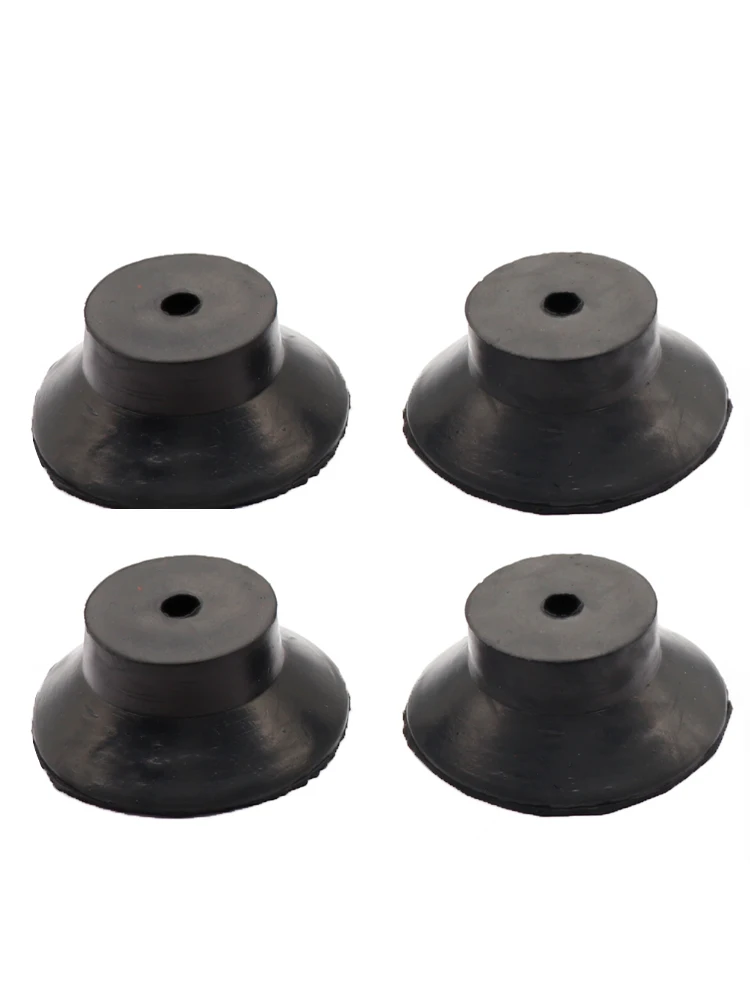 The areas of such printing can be: construction, advertising business, medicine, science, art, and other industrial or household, etc.
The areas of such printing can be: construction, advertising business, medicine, science, art, and other industrial or household, etc. Volprint - professional 3D printing team
Our staff includes design and 3D technology experts who take on orders of any complexity.
Volprint's field of activity is extensive and includes:
- Custom 3D printing;
- 3D modeling;
- 3D scanning;
- device development - 3D printers.
The company appeared in 2015, but has already earned the trust and approval of customers. We use a personalized method of work for a new customer. The experience of our employees allows us to make creative and non-standard solutions, while creating interesting 3D models using printing.
3D printing is done by modeling or scanning an existing object. When modeling, all dimensions are set by the designer according to the exact description of the client. Scanning involves recreating a copy of an existing object.
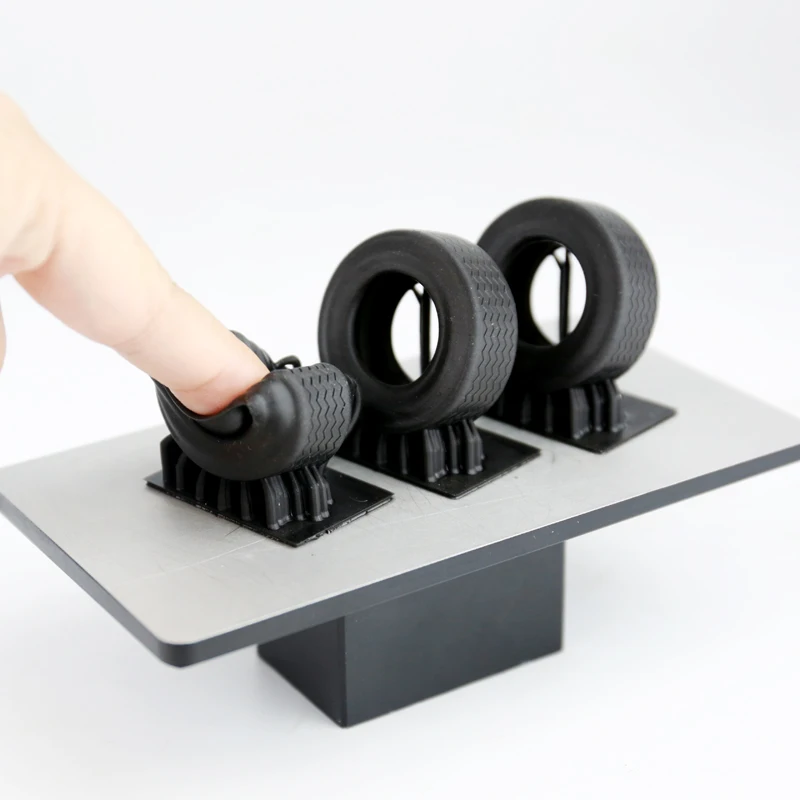 The client can change or correct the structure of the given object.
The client can change or correct the structure of the given object. -
Consumables for 3D printers.
Since May 2015, VolPrint has been producing consumables (threads, rods, filaments, plastic) for 3D printers.
There is already an impressive list of
materials in the market for 3D printer consumables campaigns.- Polylactide (PLA, PLA)
- Acrylonitrile butadiene styrene (ABS, ABS)
- Polyvinyl alcohol (PVA, PVA)
- Nylon (Nylon)
- Polycarbonate (PC, PC)
- High density polyethylene (HDPE, HDPE)
- Polypropylene ( PP, PP )
- Polycaprolactone ( PCL )
- Polyvinyl sulfone ( PPSU )
- Polymethyl methacrylate ( PMMA )
- Polyethylene terephthalate (PET)
- High impact polystyrene (HIPS)
- Wood simulants (LAYWOOD-D3)
- Sandstone simulants (Laybrick)
- Metal simulants (BronzeFill)
- The most popular of these are ABS and PLA plastics.What we produce: We currently produce more than 7 types of plastics for 3D printing, ABS plastic and PLA plastic, 16 colors each.
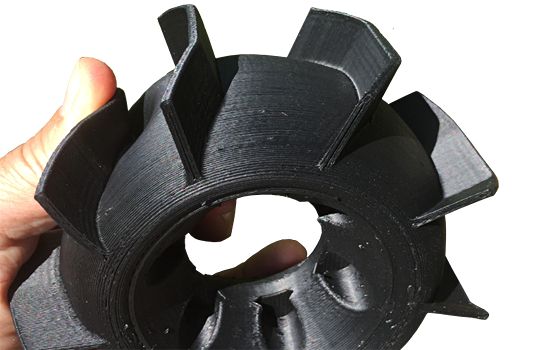
Colors of produced materials for 3D printers: white, black, red, blue, yellow, green, orange, gray, green, light gray, brown, natural, purple, emerald, pink and blue PLA and ABS plastics, diameter 1.75 mm, 1 kg. clean plastic on the reel.
Engineers 3D print gels using X-rays
1363
Bookmark
Researchers from the National Institute of Standards and Technologies (NIST) have developed a new method for 3D printing gels and other soft materials that uses x-rays and electron beams. Because many gels are compatible with live cells, the new method could jump-start the production of tiny soft medical devices such as delivery systems drugs or flexible electrodes that can be inserted into the body person, reports NIST press office. More details about the method, scientists told in magazine ACS Nano.
How does 3D printing of conventional solid products work? The printer creates sheets of material - plastic or rubber - and "spreads" their layer layer by layer, like lasagna, until the entire object is created.

Printing a gel or soft product is a more delicate process. Typically, a 3D printer chamber is filled with a "soup" of long-chain polymers are long groups of molecules linked together dissolved in water. Then "spices" are added to this "soup" - specific molecules that are sensitive to light. When the light is off The 3D printer activates the molecules, they crosslink polymer chains, forming a fluffy web-like structure. These building the forests, still surrounded by liquid water, are the gel.
Typically, modern 3D gel printers use ultraviolet or laser light in the visible range to receive GEL FRAMEWORK. NIST scientists suggest using beams of electrons or x-rays. Since these types radiations have higher energy or shorter length waves than ultraviolet and visible light, these rays can be more directed. Therefore, they can be used to print gels with smaller structural details. It is these details necessary for tissue engineering and many other medical and biological applications.
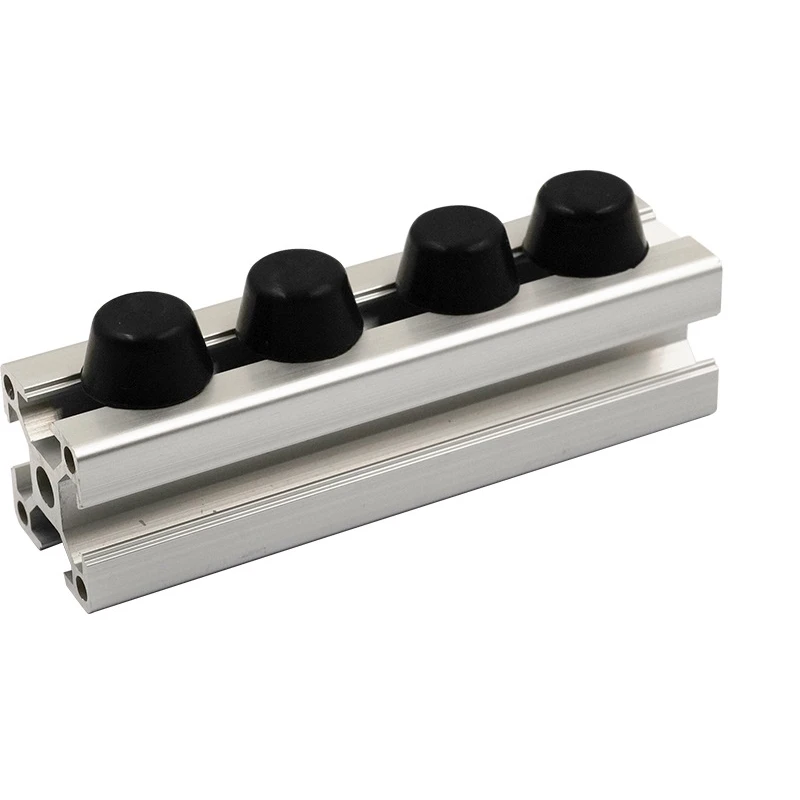 Electrons and X-rays have second advantage: they do not need a special set of molecules, to start the gel formation process.
Electrons and X-rays have second advantage: they do not need a special set of molecules, to start the gel formation process. There is, however, one significant nuance. Currently sources of this highly focused shortwave radiation - scanning electron microscopes and X-ray Microscopes can only work in a vacuum. This is problem, because in a vacuum the liquid in each chamber evaporates rather than forms a gel.
The NIST team, together with Elettra Sincrotrone Trieste (Italy), decided this problem. They put it between a vacuum and a liquid chamber the barrier is an ultra-thin sheet of silicon nitride. The thin sheet protects liquid from evaporation (as it normally does in a vacuum), but allows X-rays and electrons to penetrate the liquid. This method allowed the team to use a 3D printing approach to creating gels as thin as 100 nanometers (about 1,000 times thinner than a human hair). In the future, scientists plan create soft structures the size of a small virus - up to 50 nanometers.
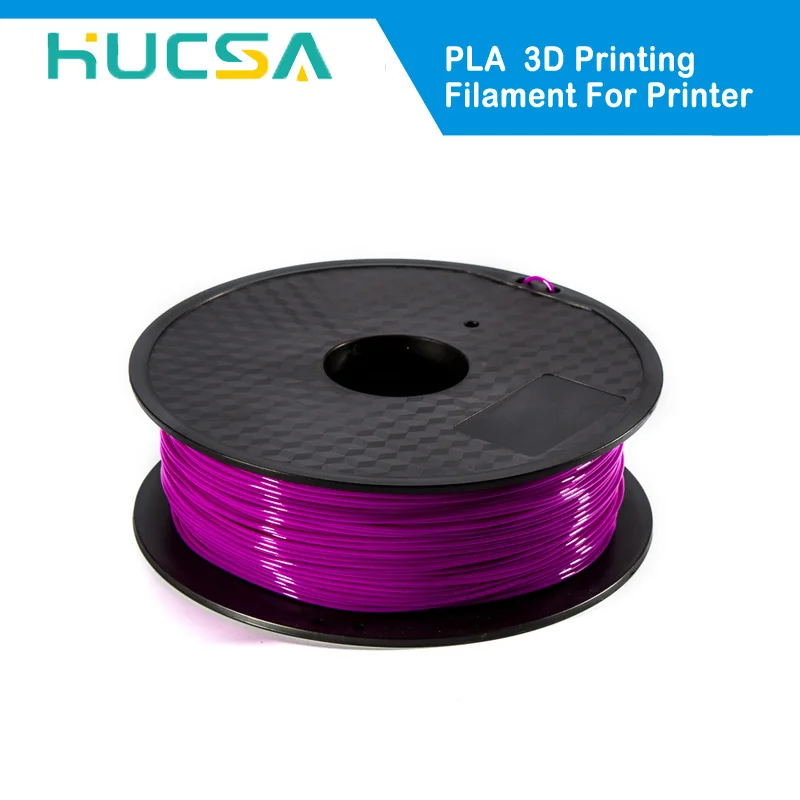
[Illustration: A. STRELCOV/NIST]
Author Material Designed by Tatyana Matveeva
3D printing gels soft medical devices electron beams x-rays flexible electrodes
Source: www.nist.gov
Information provided by the Information Agency "Scientific Russia". Mass media registration certificate: IA No. ФС77-62580, issued Federal Service for Supervision of Communications, Information Technology and Mass Communications on July 31, 2015.
Science Children
Scientists reconstructed changes in the nature of the prehistoric northern Urals
12:00 / Paleontology
Thermonuclear physics of Lev Artsimovich
10:00 / Science and society, physics
Lati researchers improved the properties nanotubes
14:30 / Physics
A neural network will help control the process of solidification of melts
12:30 / Physics
Rector of Moscow State University. M.V. Lomonosov Viktor Sadovnichiy: "Obvious - unbelievable" is a phenomenon both on domestic television and on world television
11:40 / Science and Society, Education, Expert conversation
"Sergey Petrovich Kapitsa was the voice of science for millions of people.
 " Academician K.V. Anokhin about the program "Obvious - incredible"
" Academician K.V. Anokhin about the program "Obvious - incredible" 11:30 / Biology, Medicine, Science and Society, Neurosciences
"His transmission is still an unsurpassed standard." Academician Valery Tishkov to the anniversary of "Obvious - incredible"
11:30 / History, Science and Society
"Like a comet in a star-studded sky." Academician A.L. Aseev about the program "Obvious - incredible"
11:25 / Science and Society, Physics
Tatyana Chernigovskaya: "We are all lucky that we knew Sergei Petrovich Kapitsa as an educator"
11:20 / History, Neurosciences
Rector of RosNOU Vladimir Zernov: "Obvious - incredible" is the quintessence of human intelligence
11:10 / Science and Society, Education
"Sergei Petrovich Kapitsa was the voice of science for millions of people." Academician K.V. Anokhin about the program "Obvious - incredible"
02/24/2023
"His program is still an unsurpassed standard.

Learn more



